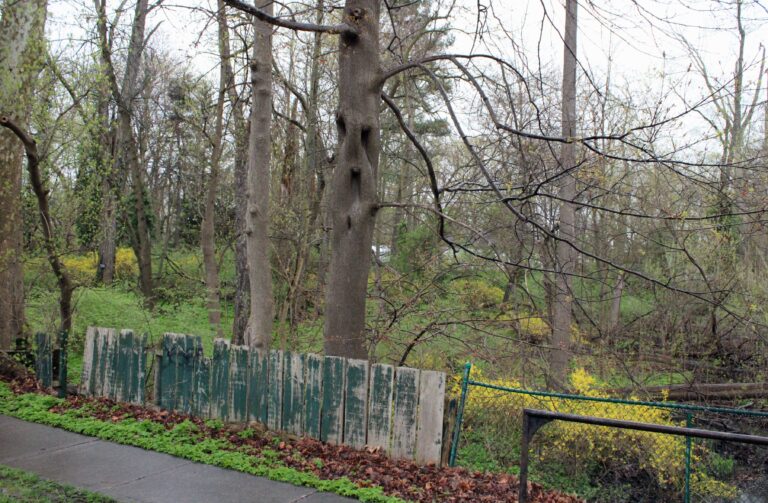A handful of Grade 5 and 6 Victoria Public School students joined a one-day strike last Thursday by elementary school teachers who walked off the job to protest provincial government cuts to education.
“We came to support the teachers because the class size matters and education matters,” said Grade 5 student Ellie Smith.
All elementary public schools under the District School Board of Niagara were closed on Jan. 23, as members of the Elementary Teachers’ Federation of Ontario participated in rotating one-day, provincewide strikes, protesting increased average class sizes and advocating for full-day kindergarten and more support for special needs students.
If a deal with the province is not reached by Jan. 31, the union has said it will escalate its provincewide rotating one-day strikes starting Monday, Feb. 3.
Niagara elementary public teachers plan another walkout on Feb. 6 and 7, when all 83,000 union members across the province will strike if no deal has been reached.
Last Thursday, teachers from four public schools, including Crossroads and St. Davids from NOTL, and Martha Cullimore and Victoria in Niagara Falls, held a three-hour morning strike in front of Thorold Stone Plaza in Niagara Falls.
Four other schools were slotted to strike in the afternoon.
More than 60 teachers gathered at the plaza, walking up and down the street holding signs and posters as passing drivers were honking, giving thumbs up and cheering the protesters.
A few cars also had signs displayed on their windows in support of the strikers.
Teachers said the location was chosen due to the high volume of traffic and visibility the location provided to the protesters. They also said several parents stopped by to drop off coffee and doughnuts, and they didn’t encounter any naysayers.
St. Davids school teachers said they have already experienced negative effects caused by the cuts to programs for special needs children.
“I feel hurt for our kids. I feel hurt and worried that if further supports are disrupted and eroded, those kids who need that extra help won’t be given it,” Grade 2 teacher Tara Black told The Lake Report.
“I feel worried for the kids that don’t need extra help because our teacher time is spent trying to manage and help and assist those who need help.”
“And I feel hurt and sad for the teachers who have gotten in this career because they love kids and want to do the best they can for kids, but we’re just spread so thin that it’s taking a toll on teachers having that many children in a class with that many high needs.”
Kindergarten teacher Lindsay Parravicino said she has 30 students in her class at St. Davids and it’s “very full” and “cramped.”
“We really rely on working individually in small groups with kids, so we need that time and it’s really difficult to do with 30,” she said, adding there’s not enough funding to support some school programs and teachers have to pay out of their own pockets for hands-on materials and special events.
A high student-teacher ratio is detrimental to ensuring academic excellence, said Chris Koop, a long-term occasional teacher at Crossroads, who said he was standing in solidarity with other teachers.
From his experience teaching at different schools as an occasional teacher, he said some classes have more than 30 students in a classroom and the physical space cannot accommodate the children.
“This is something you will find a common consensus across all teachers. We want to be able to do our job as best as we can because we care about our kids, we care about their academic potential and we care about attending to all the particular needs that the students might have,” he said in an interview.
Brian Barker, a former federal New Democratic Party candidate for the Niagara Falls riding and vice-president of the Elementary Teachers Federation of Ontario Niagara local, said with the proposed education changes, his children, who are in Grade 3 and 5, along with other students across the province, wouldn’t be able to “flourish.”
“We need to be able to put resources in place to support all kids,” he said in an interview.
"We need to fight to ensure that resources are put into our program to allow those kids to be successful and to grow and flourish. Because we’re building a foundation for our future lawyers, doctors, construction workers. We really need to preserve what we have.”
When asked why teachers were not protesting at their respective schools, Barker said it was because the “battle wasn’t against the District School Board of Niagara” but against the Ford government and its cuts.











